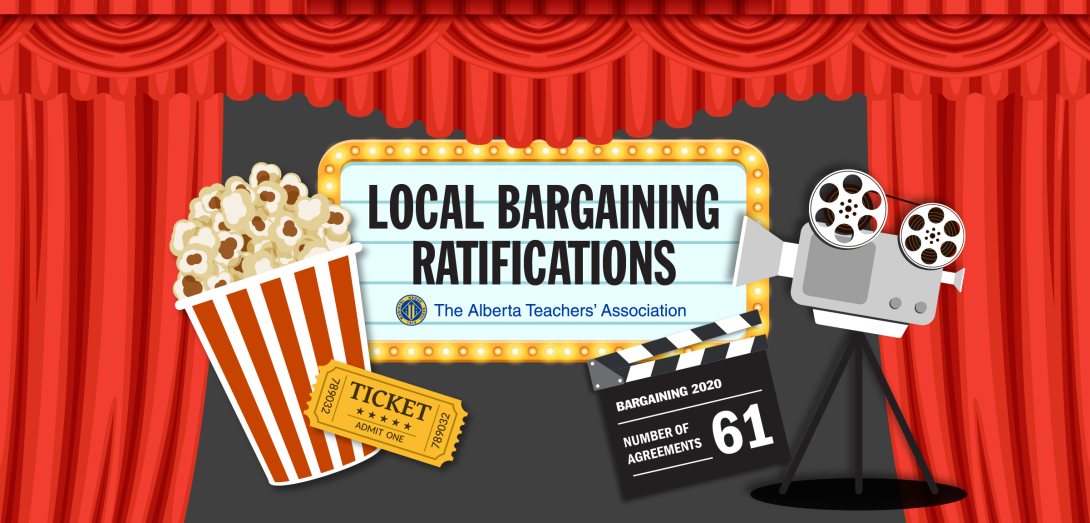2024 Bargaining updates
The latest updates from the central table bargaining committee (CTBC)
Read moreIf you’re a teacher in Alberta at a public, separate or francophone school division, you’re a member of a bargaining unit, and you have a collective agreement. Your collective agreement outlines the compensation and working conditions that apply to all teachers in your school division.
Creating a collective agreement involves:
- central table bargaining, which is province-wide and involves school boards and the Government of Alberta.
- local bargaining, which is completed with individual locals.
Curious about the difference is between central and table matters? See the 2024 List of All Matters (En Français).
3 steps to a collective agreement
In step 1, the Association and the Teachers’ Employer Bargaining Association (TEBA) negotiate the list of central items.
In step 2, the Association and TEBA negotiate individual central items on that list.
In step 3, bargaining units and school divisions negotiate the local items
Bargaining basics
|
A brief outline of the bargaining process for teachers employed in Alberta's public, separate or francophone school divisions. |
The ATA is producing a series of shorts to ensure members have a good understanding of the collective bargaining process. Produced in English and French, the series covers the following topics.
- Why bargain collectively?
- What’s my role?
- Process overview
- Who represents you
- Central and local bargaining
- Preparation and opening
- Negotiations and mediation
- Impasse and dispute
- Resolution, ratification and agreement



